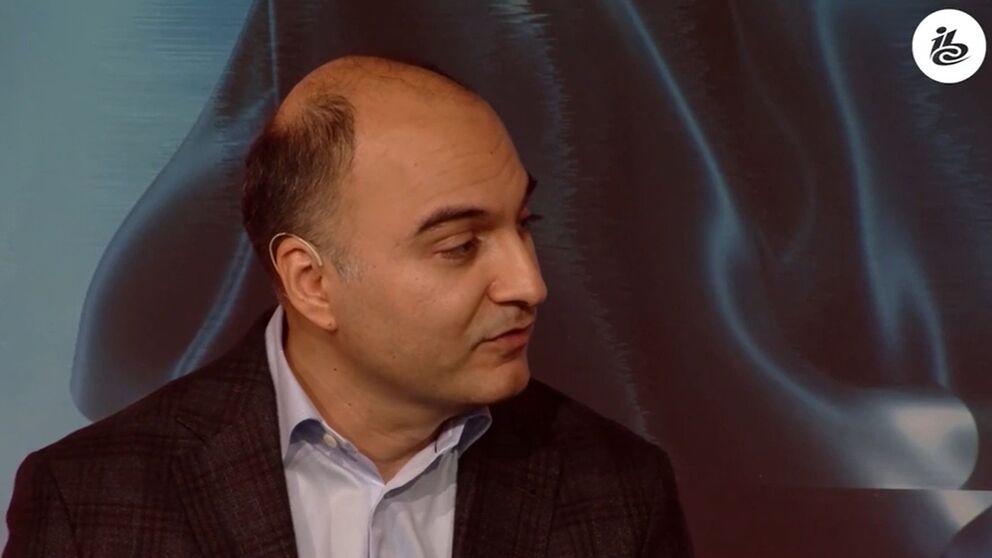A recent webinar from IBC365 explored the collision between gaming, esports and television, and how advances in connected TV, streaming and VR pave the way for new forms of media consumption. Pay TV operators and broadcasters are increasingly wondering how gaming and esports might work within their existing businesses. Below, Content Everywhere exhibitors discuss how they are helping providers to meet the challenges, including ensuring low latency, managing high traffic loads, maintaining server stability, preventing cheating and cyber-attacks, and delivering a seamless and immersive user experience.
Growing business
Thomas Bostrøm Jørgensen, CEO of Appear, cites figures from Statista that predict there will be over 285 million frequent viewers of esports worldwide by the end of 2024, as well as some 291.6 million occasional viewers.

“Esports broadcasting walks a tightrope between three main challenges: keeping up with a booming industry, ensuring a flawless experience with zero lag, and doing it all without breaking the bank,” he says. “Esports broadcasters must handle a growing web of camera feeds and intricate productions. Even the smallest delays can disrupt gameplay and shatter the viewing experience. Profitability in this competitive space hinges on highly efficient and cost-effective solutions.”
Rick Young, SVP, head of global products at LTN, says that the competitive gaming industry is on an upward trajectory, and its long-term growth potential shows no signs of slowing.
“As companies launch new gaming offerings, they face new challenges and opportunities. For broadcasters, this provides the framework to offer seamless live esports experiences capitalising on low latency and ultra-high quality, while generating new revenue streams,” Young says. “These feeds will give media companies a digital-first medium that prioritises technological advancement and agility, pivoting with the demands of game creators, audiences, and players.”...
You are not signed in
Only registered users can read the rest of this article.

Rory Peck Awards: Truth has never needed its defenders more
This year’s Rory Peck Awards was an affirmation that press freedom is in severe danger, that it has become a vicious fight to sustain that facts matter. George Jarrett reports.

Camerimage: “The time to be afraid of AI was two years ago”
The festival of cinematography remains political with the rise of AI and gender equality bubbling beneath the surface.
.jpg)
Content Everywhere: Disruptive forces in 2025, from AI to ROI and SGAI
Looking back over 2025 to date, it’s clear that AI continues to widen its role in the Content Everywhere ecosystem, and many companies are becoming more discerning about how and where the technology should be applied to streaming and video technology. Clearly, there is still much more to come, and much more to learn, but what have recent developments taught the industry to date?

Scalable broadcast tech provides backbone for Esports World Cup Festival
Tasked with producing the festival side of the 2025 Esports World Cup in Riyadh, Saudi Arabia, Vanguard engineered a multi-venue broadcast workflow built on Blackmagic Design infrastructure to handle weeks of continuous live programming.

Touch the future: Immersive video will soon make its presence felt
As XR devices become more accessible and 6G wireless systems emerge, we’ll move from simply watching video to stepping inside it.


.jpg)


